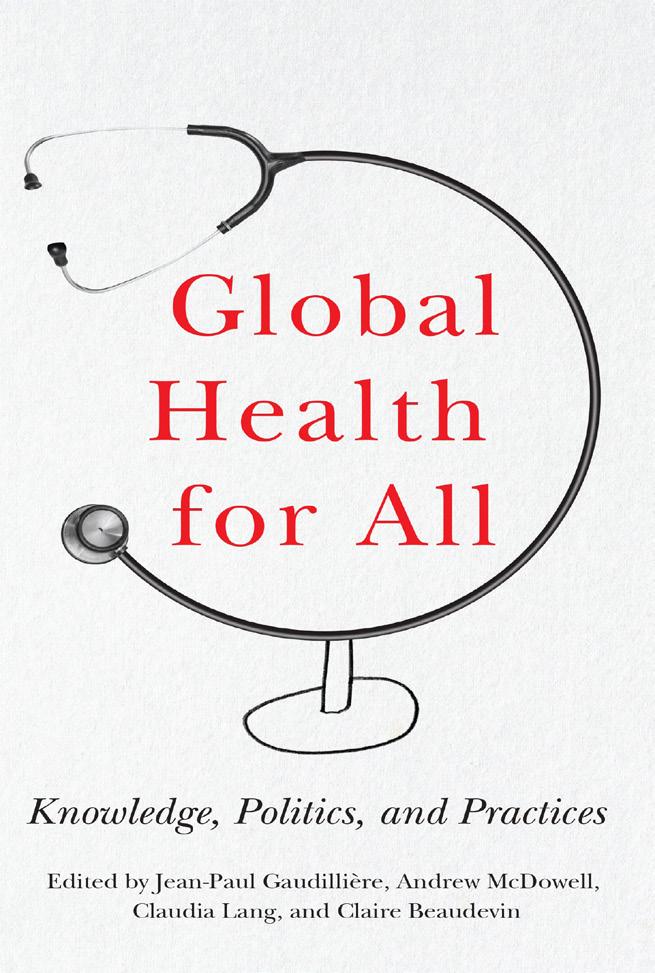1 minute read
Kris Lane
Pandemic in Potosí: Fear, Loathing, and Public Piety in a Colonial Mining Metropolis Penn State University Press, 2022
In 1719, a deadly and highly contagious disease took hold of the Imperial Villa of Potosí, a silver mining metropolis in what is now Bolivia. Within a year, the pathogen had killed some 22,000 people, just over a third of the city’s residents. The Great Andean Pandemic of 1717-22, which ravaged Buenos Aires, Arequipa, and Cuzco as well as Potosí, was likely the most destructive disease to strike South America since the days of the Spanish Conquest. Pandemic in Potosí features the single longest narrative of this nearly forgotten period, penned by local historian Bartolomé Arzáns de Orsúa y Vela, along with shorter treatments of the disease’s ravages in Cuzco, Arequipa, and the outskirts of Lima. The “Gran Peste,” as it was called, was a pivotal event about which Arzáns wrote at length because he lived through it, but also because it was believed to have cosmic significance. Kris Lane translates and contextualizes Arzáns’s account, which is rich in local detail that sheds light on a range of topics—from therapeutics, devotional life, class relations, gender, and race to conceptions of illness, sin, and human will and responsibility during a major public health crisis. Original narratives of the pandemic, translated here for the first time, help readers see commonalities and differences between past and present disease encounters.











